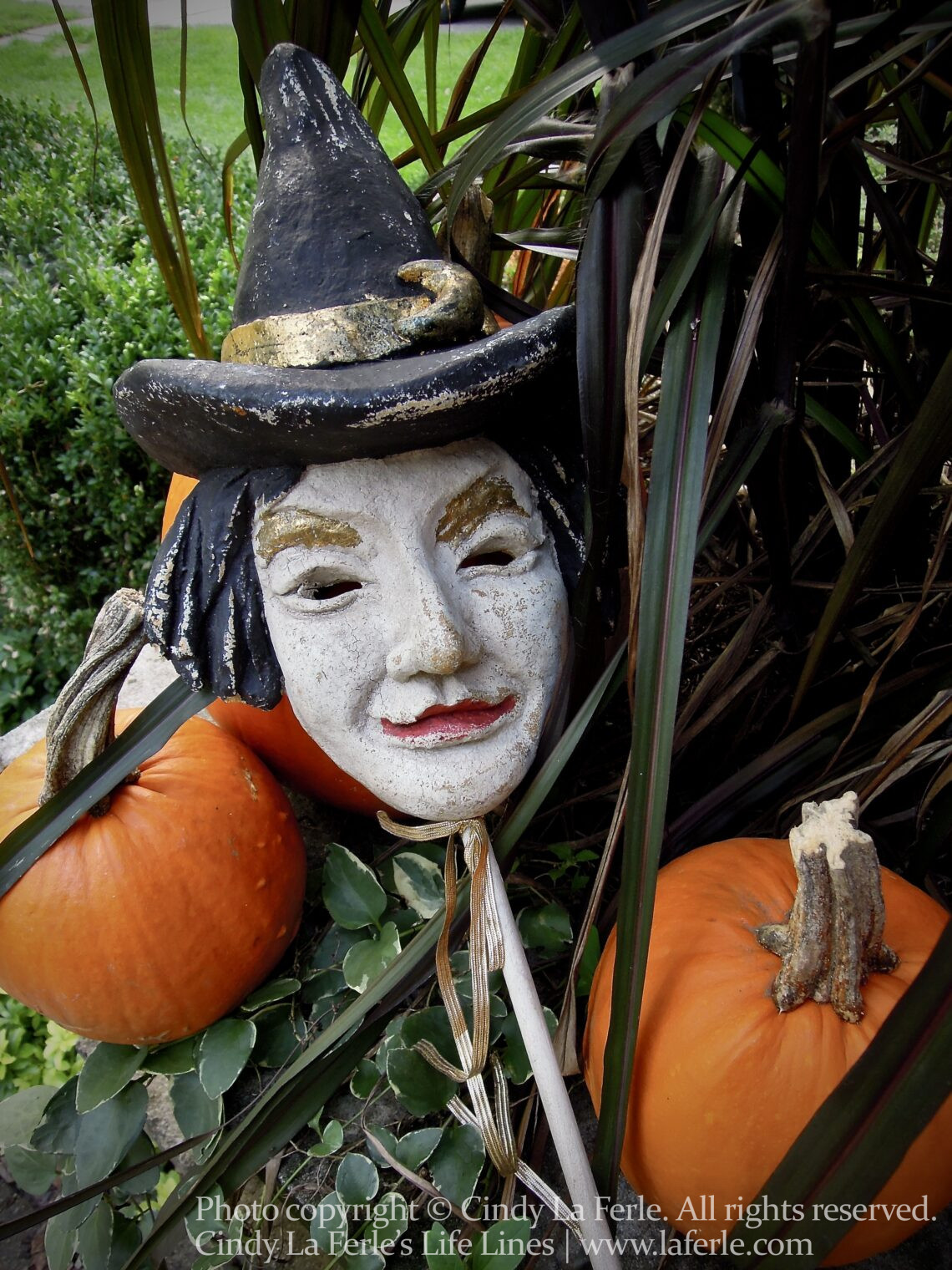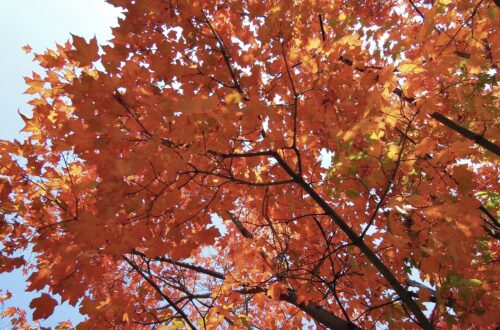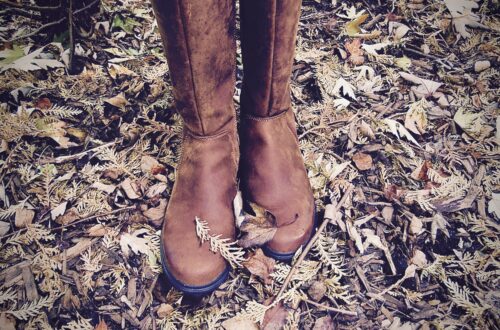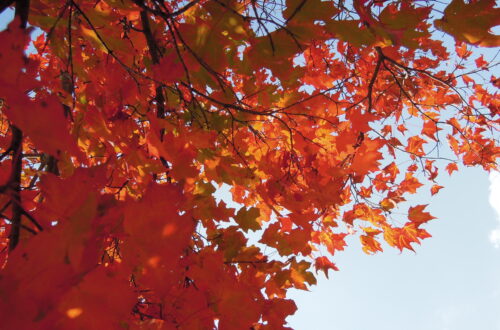
Season of the witch
“Witches are outsiders, and those among us who have been bullied and ostracized can relate to their plight. Part of our fascination with witches is that they are the only female mythic figures with power. These are women who don’t need to be rescued by a prince or a king, but, instead, can save themselves.” ~Alice Hoffman, from the 25th anniversary edition of Practical Magic
The spooky season is here. Several homes around my neighborhood are decorated with life-sized witch figures, some flying on their brooms in the trees or circling plastic cauldrons on front lawns.
My fascination with the history of “witches” began early. Indulging their interests in early American history, my parents took me on several vacations to Massachusetts when I was a kid. My favorite spots — you guessed it — included the home made famous by Nathaniel Hawthorne’s The House of the Seven Gables and other buildings in historic Salem.
Today we all understand that those who suffered Salem’s witchcraft hysteria were victims of puritanical fear, paranoia, and control. The so-called “witches” were not devil worshippers. But nearly 200 people were accused — mostly women. Some were local herbalists, midwives, or eccentrics. Some had refused to conform to church politics; others owned land that was coveted by those in power. All said and done, nineteen innocent villagers were hanged by Puritans on Gallows Hill, and five others died in custody. One of the victims, a man, was pressed beneath heavy stones until he died.
Today, most of my medical doctors are women. Had they tried to practice the healing arts in colonial America, they might have been accused of witchcraft. Maybe I would have been accused too — given that I’m bookish and a little eccentric. And did I mention my herb garden in the back yard? ~CL




